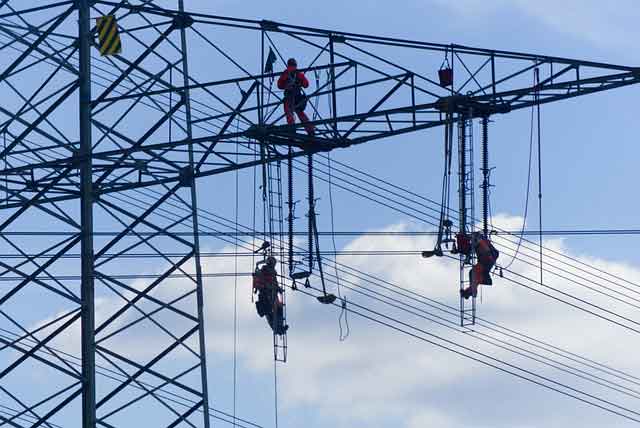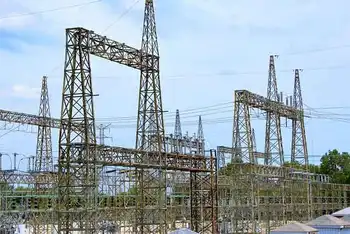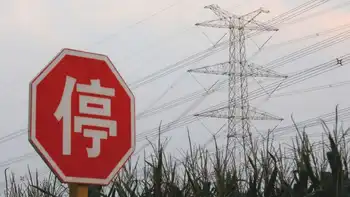Coal ash a toxic problem for China
By United Press International
Substation Relay Protection Training
Our customized live online or in‑person group training can be delivered to your staff at your location.

- Live Online
- 12 hours Instructor-led
- Group Training Available
The world's largest coal user, China relies on coal for about 70 percent of its energy supply.
That dependence means China produces at least 375 million tons of coal ash annually, which is more than 2.5 times the amount the country produced in 2002 when its coal power sector began to rapidly expand, says the report, "The True Cost of Coal: An Investigation into Coal Ash in China". Coal ash is the solid particulate matter produced when coal is burned in power stations.
"There are over 1,400 coal-fired power plants scattered across China and all of them are discharging coal ash every day," said Yang Ailun, head climate campaigner at Greenpeace China in a statement.
"This substantially erodes China's already-scarce land and water resources, while damaging public health and the environment."
Many coal-fired plants don't follow existing, albeit vague, regulations that cover the disposal of coal ash.
In its investigation of 14 power plants around the country, Greenpeace said it discovered a large number of ash disposal sites located alarmingly close to villages and residential areas.
Tests of the coal ash from those plants, conducted by Greenpeace, found that it contained more than 20 kinds of heavy metals and chemical compounds.
Also, an analysis of samples of surface and well water near disposal sites found concentrations of a number of harmful substances that exceeded acceptable standards for drinking and irrigation water.
"Many of the coal ash disposal sites we visited had poor safeguards to prevent coal ash contamination via wind dispersal or leakage into water," said Yang.
"This affects nearby villages most directly but it also poses huge threats to all of China, as contaminants enter the food chain or are scattered by the winds far and wide," he said.
Yang called for reform of the country's energy structure, an improvement in energy efficiency and the development of renewable energy.
China, the world's top emitter of greenhouse gases, aims to reduce its carbon intensity rate - the amount of carbon dioxide produced per unit of gross domestic product - by 40 to 45 percent by the end of 2020.
But the International Energy Agency estimates that by 2020, China's emissions of energy-related greenhouse gases would increase more than the rest of the world's combined increase.











